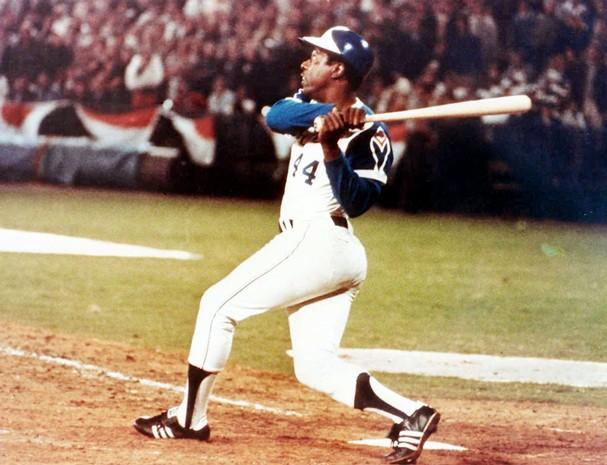Atlanta in 50 Objects
A pink pig and a renegade cow. A movie prop and a Coke bottle. A Pulitzer Prize–winning book and a Nobel Prize–winning icon.
How do you tell the story of Atlanta in 50 objects? We decided the best experts were Atlantans themselves—residents who cheer the Braves and rue I–285 rush-hour traffic, who understand how Civil War losses and Civil Rights victories together helped forge the city’s unique identity. Atlanta History Center asked the public to submit what objects they think best represent their town. The parameters were broad: an object could also be a person, a place, an institution, or an idea. After receiving hundreds of submissions, History Center staff assembled a collection of fifty pieces that represent the themes identified by the public. In addition to items from our own collections, we have partnered with many local institutions and individuals to gather artifacts from around the city to tell this community–driven story.


Hank Aaron
When Hank Aaron arrived in Atlanta with the Braves in 1966, he was already one of baseball’s most successful sluggers.
In 1957, he led the Milwaukee Braves to their first World Series victory since 1914 and was named National League MVP. Once in Atlanta, Hammerin’ Hank continued reaching milestones. On April 27, 1971, Aaron hit his 600th career home run, only the third major league player to do so. By the end of the 1973 season, he was closing in on Babe Ruth’s all-time home run record of 714.
During the 1973-1974 off season, Aaron received racially charged hate mail, including death threats, from baseball fans who considered Babe Ruth’s record sacred. On April 8, 1974, Aaron became the new home run champion when a record crowd in Atlanta-Fulton County Stadium witnessed him hit number 715.

Hank Aaron hits his record-breaking 715th home run, April 8, 1974. Courtesy of Atlanta Journal-Constitution Photographic Archives, Special Collections and Archives, Georgia State University Library